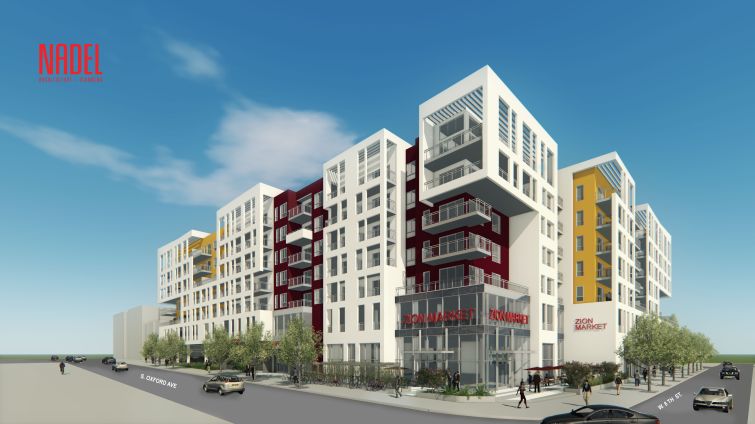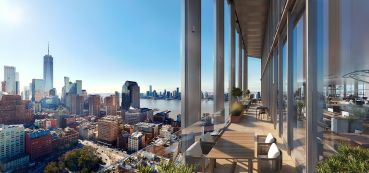LA’s Koreatown Is Boomtown for Real Estate Development
By Alison Stateman June 30, 2018 12:12 am
reprints
The flurry in real estate development in the Koreatown area of Los Angeles shows no signs of slowing, according to recent research from JLL.
The brokerage tallied 34 such developments in the area in the planning or construction phases as of this June. The highest concentration of projects falls between Eighth and Sixth Streets, Catalina Street and Western Avenue, as per the report. Those developments will contribute roughly 474 hotel units, 380,000 square feet of retail and more than 3,000 housing units in the coming years.
Indeed, a recent tally by Curbed LA listed more than 50 developments from multifamily, office, retail, hotels, museum and historic temple revamp in various stages of development in the 2.7-mile area.
JLL (JLL) cited the “great amenities,” a centralized location in Los Angeles, affordably priced housing and multiple metro stops as factors driving demand in the district among younger people and businesses getting priced out of other historically popular submarkets.
Dale Yonkin, an executive vice president and multifamily studio director at Nadel Architects, concurred on the factors driving growth in the area.
Yonkin has spearheaded K-Town projects for Nadel, including the Kenmore, a 69-unit multifamily development at 435 South Kenmore Avenue created in partnership with Canfield Development and The Rise, Koreatown, a 367-unit mixed-use development at 3525 West Eighth Street done in collaboration with Cal-Coast and Rescore, which is expected to break ground next month. (The partnership’s The Rise, Hollywood at 1311 North Cahuenga Boulevard is currently under construction with both projects slated for completion in 2020.)
“It’s a really strong market, particularly over the last two years,” Yonkin said. “It’s probably the strongest in L.A in terms of the number of housing units. There are currently 3,000 (apartment and condo) units under construction and another 5,000 to start. For a relatively small area that is a lot of units.”
He added: “I think it’s driven by basically people who are looking for a kinder and gentler downtown. The same people who might rent downtown can rent very close in Koreatown and it’s a little less urban and yet it has a lot of the same amenities. It’s probably one of the strongest restaurant areas in L.A. and it has very walkable streets and will become more so as the density increases.”
Not to mention its relative affordability, as Yonkin said rents in the historic core of Downtown L.A. hover at $4.50 per square foot, while in Koreatown they are around $3 per square foot.


